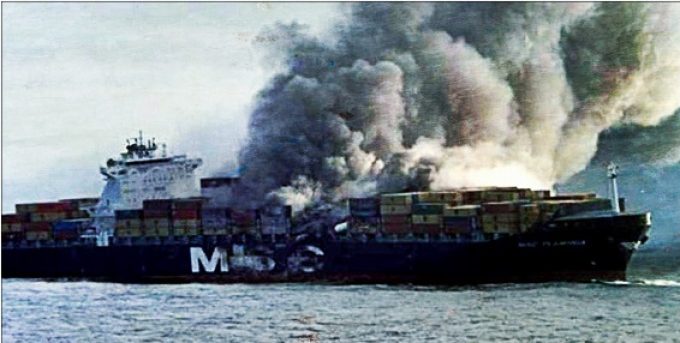MSC orders spark concerns of anti-competitive behaviour and an H2 rate drop
Swiss-headquartered shipping behemoth MSC has added more container ships to its shopping cart, but there ...

Container shipping could be on the cusp of a new era of safety and transparency, thanks to a combination of container-telemetry devices, and electronic bills of lading (eBLs), leaving less room to hide for shippers misdeclaring their cargoes.
The ability to measure changes in temperature in ...
MSC switches two more Asia-Europe port calls from congested Antwerp
Canada and Mexico get cosy with trade plan to bypass US
Front-loading frenzy has made traditional H2 peak season 'unlikely'
Tradelanes: Export boom in Indian sub-continent triggers rise in airfreight rates
Carriers introduce surcharges as congestion builds at African ports
Mexican airport modernisation plan unlikely to boost cargo facilities
Tradelanes: Overcapacity on Asia-S America impacting alliances and rates
Ports and supply chain operators weigh in on funding for CPB

Comment on this article